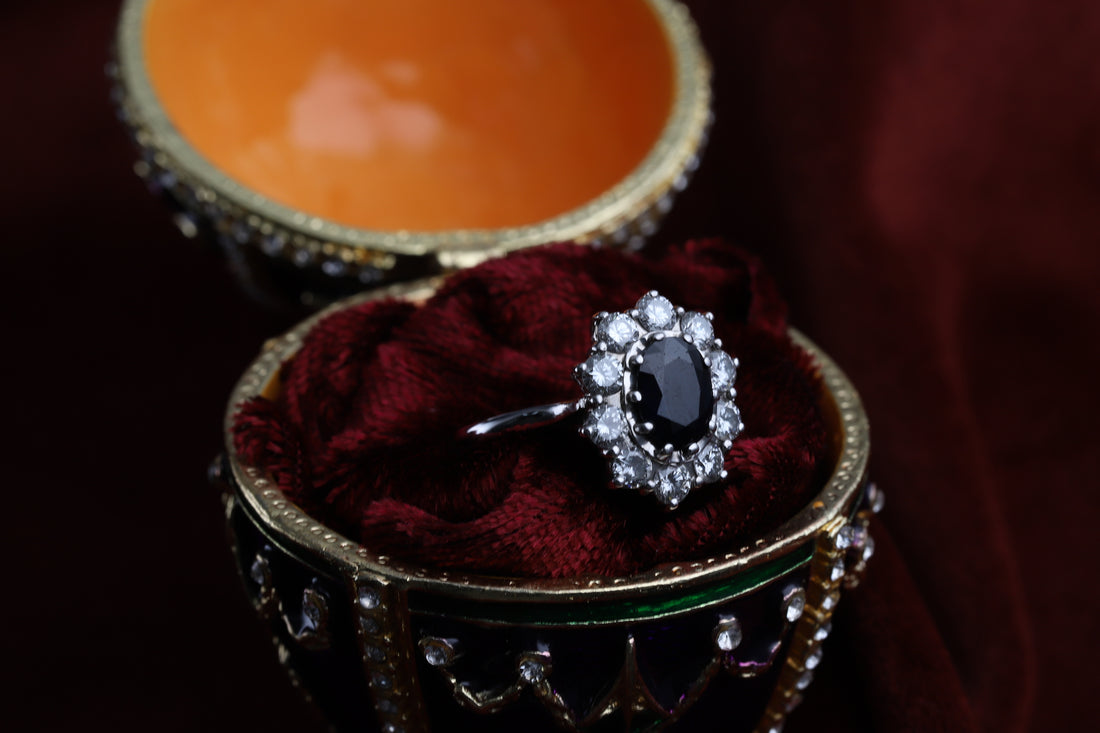
September Birthstone - Sapphire!
History
Greeks wore sapphire for guidance when seeking answers from the oracle. Buddhists believed that it brought spiritual enlightenment, and Hindus used it during worship. Early Christian kings cherished sapphire’s powers of protection by using it in ecclesiastical rings.
In ancient Greece and Rome, kings and queens were convinced that blue sapphires protected their owners from envy and harm. During the Middle Ages, the clergy wore blue sapphires to symbolise Heaven, and ordinary folks thought the gem attracted heavenly blessings. In other times and places, people instilled sapphires with the power to guard chastity, make peace between enemies, influence spirits, and reveal the secrets of oracles.
Present
Sapphire became a symbol of royal love in 1981 when Britain’s Prince Charles gave Lady Diana a 12-carat blue sapphire engagement ring. Prince William later gave this ring to Kate Middleton when he proposed in 2010. Today, top-quality blue sapphire remains one of Mother Nature’s rarest gemstones.
Magmatic sapphires and rubies are not associated with a mountain building event but were carried to the surface in volcanic events from deep in the earth.

Caring for your Sapphires
The best way to clean your sapphire jewellery is with warm soapy water and a soft brush, avoiding soaking the stone. Always avoid harsh detergents, and never clean your jewellery with solvents such as alcohol, acetone or paint thinner.
Origin: Sri Lanka, Magok and Kashmir
Colour: traditionally a deep blue but they can come in a range of colours including pink and yellow
Known to offer: Sapphire is said to be the wisdom stone, simulating concentration, enhancing creativity and promoting deep thought
Myth: The celestial blue colour of this gemstone symbolised heaven and attracted divine favour and wise judgment.





